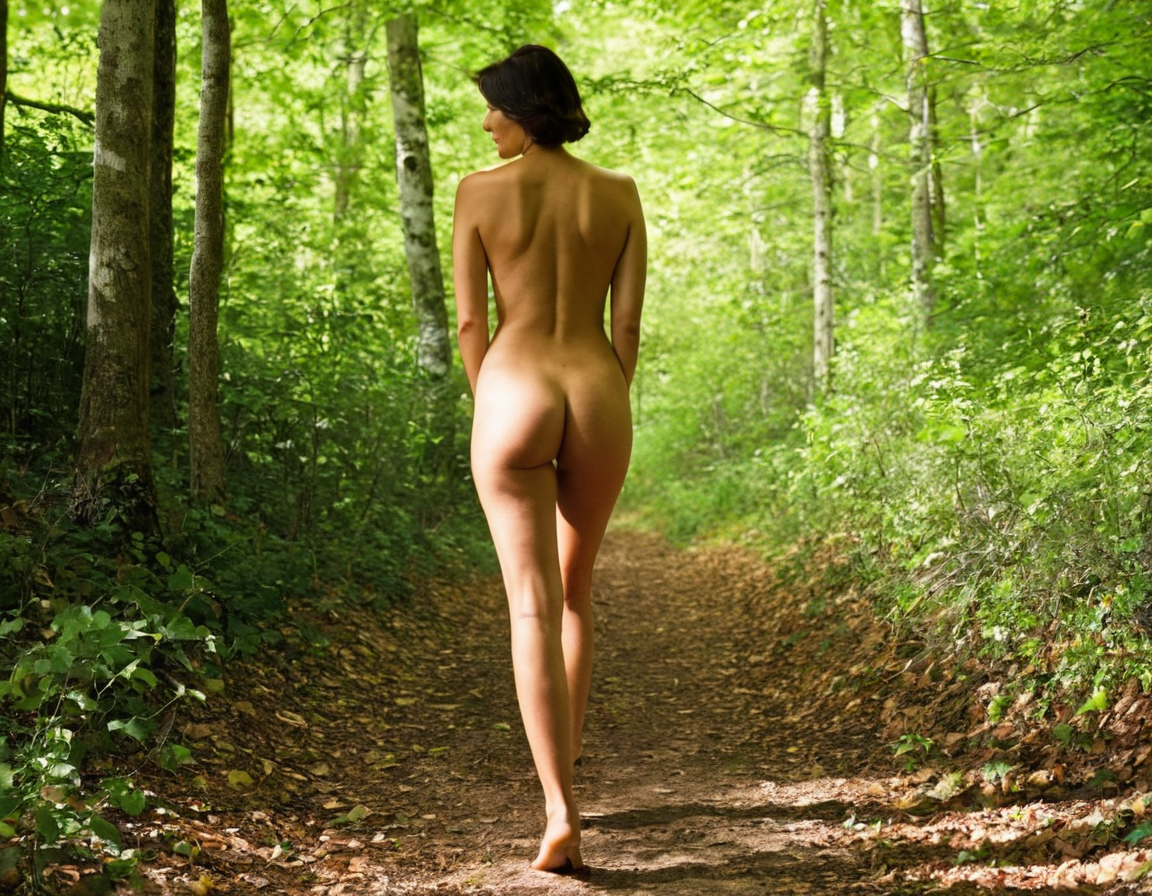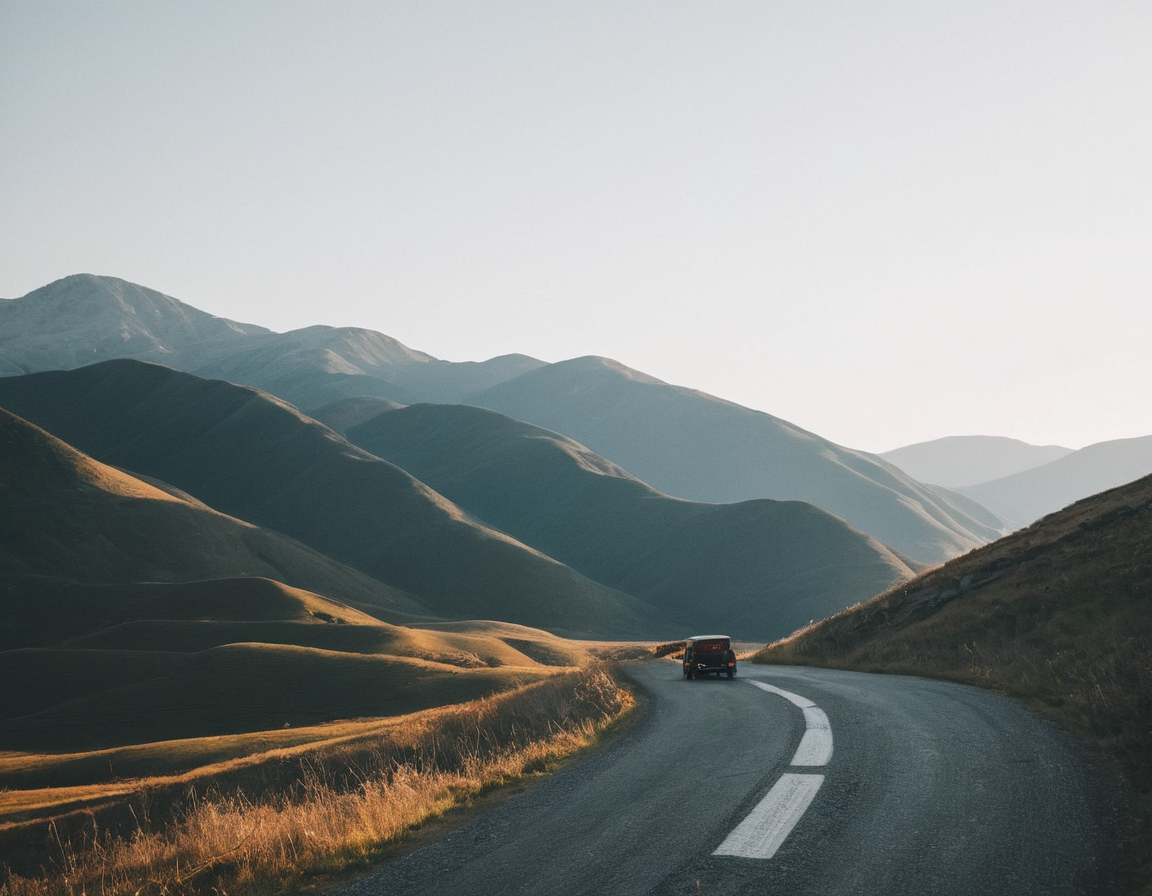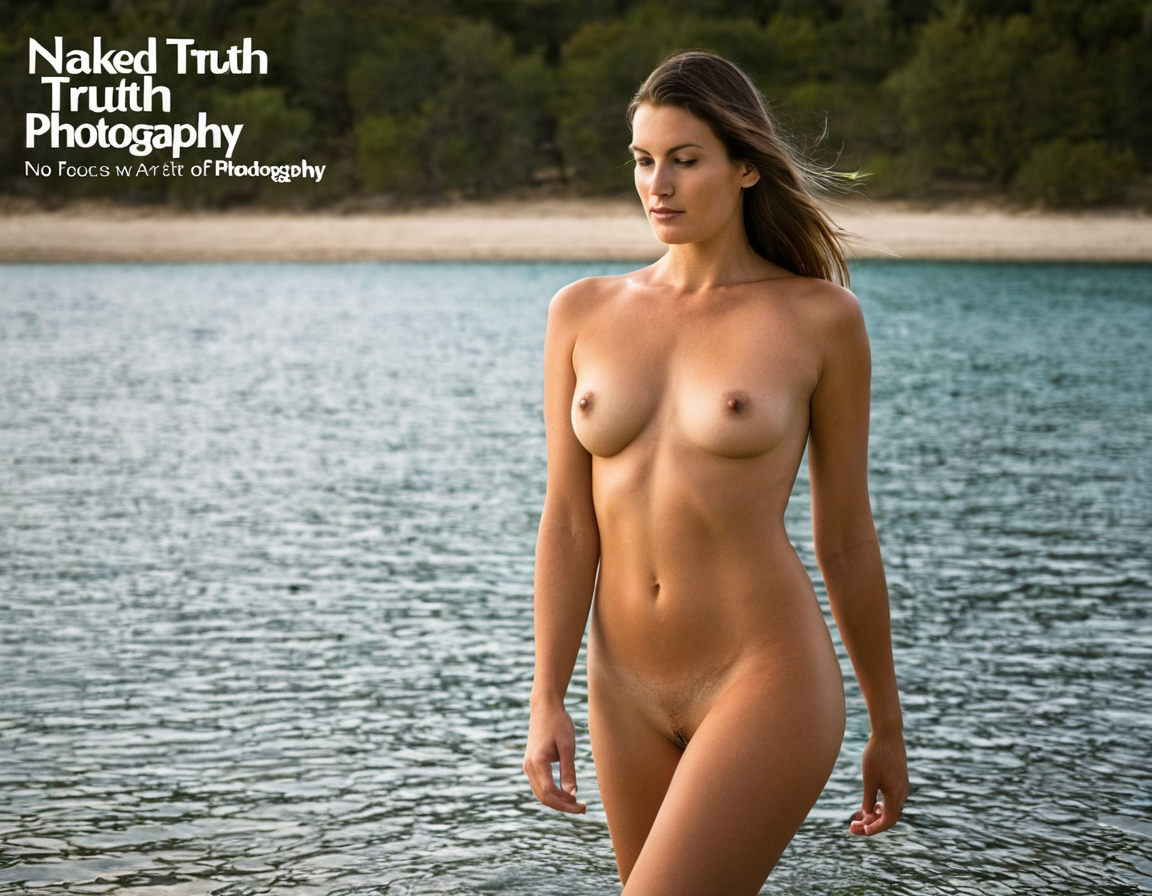: Naked Truth: Exploring the Art of Naturist Photography

Naturist photography is a unique and captivating genre that showcases the beauty of the human body through natural, unposed images. This form of art celebrates the raw essence of humanity by portraying individuals in their most vulnerable state—nude or semi-nude—in various settings. Naturist photography goes beyond mere eroticism; it delves into themes such as freedom, acceptance, and self-love. In this blog post, we will explore the fascinating world of naturist photography, its history, techniques, and potential challenges.
**Origins and Significance of Naturist Photography** Learn more about Naked
The origins of naturist photography can be traced back to the early 20th century when photographers such as Alfred Stieglitz and Edward Weston began capturing nude subjects in a non-erotic, artistic context. The movement gained momentum in the 1960s and 1970s with the rise of counterculture and the sexual revolution, which fostered an environment that embraced body positivity and self-expression.
Naturist photography is significant not only for its aesthetic value but also for its ability to challenge societal norms surrounding nudity. It encourages viewers to reconsider their perceptions of the human form and promotes a deeper understanding of the essence of being human. As such, naturist photography transcends mere visual artistry; it serves as an instrument for social change and self-reflection.
**Techniques in Naturist Photography**
Capturing the naked truth requires mastery of various photographic techniques to create images that are both visually appealing and artistically significant. Some essential considerations include:
1. **Location and Background:** The setting for naturist photography plays a crucial role in establishing the overall mood and tone of the image. Outdoor settings such as forests, beaches, or desolate landscapes can evoke feelings of freedom and connection with nature. Indoor environments like studios or homes can convey intimacy and privacy.
2. **Lighting:** Lighting is essential for creating depth, texture, and contrast in naturist images. Natural light, particularly during golden hour or blue hour, often yields the most flattering results. Artificial lighting such as studio lights or flash can be used to create specific effects, but it requires careful manipulation to avoid harsh shadows and unnatural skin tones.
3. **Composition:** As with any form of photography, composition plays a vital role in naturist images. The Rule of Thirds and the Golden Ratio are commonly employed techniques for composing visually engaging nude photographs that draw viewers’ attention to crucial elements within the frame. Learn more about Truth
4. **Mood and Atmosphere:** Capturing the essence of naturist photography involves more than just documenting the physical form; it requires evoking an emotional response from both the subject and viewer. Factors such as weather, atmosphere, props, or even the model’s expression can significantly influence the mood conveyed through a photograph.
5. **Subject Interaction:** Engaging with the subject is crucial in naturist photography to establish trust and rapport. This connection fosters natural expressions and poses that contribute to an authentic final image.
**Challenges and Best Practices in Naturist Photography**
Despite its artistic merits, naturist photography comes with a set of challenges that photographers must navigate with sensitivity and respect for their subjects:
1. **Consent and Privacy:** Obtaining informed consent from the subject is paramount to ensure they feel comfortable throughout the process and maintain privacy after the images are captured. This involves establishing clear boundaries, discussing potential uses for the photographs, and securing written releases when necessary.
2. **Legal Considerations:** Naturist photography may be subject to legal restrictions in some jurisdictions or platforms, particularly if it includes explicit or underage subjects. Understanding applicable laws is crucial to avoid unintentional violations that could lead to legal repercussions.
3. **Societal Stigma and Prejudice:** Naturist photography remains a niche genre with potential for stigmatization, prejudice, or even censorship from certain communities. As artists, photographers must remain resilient in defending their work’s artistic merit while promoting body positivity and acceptance. Learn more about Exploring
4. **Post-Production Techniques:** Editing techniques should be employed judiciously to preserve the authenticity of naturist images. Excessive retouching or manipulation can compromise the integrity of the photograph, potentially misrepresenting the subject’s appearance or sending a false message about body ideals.
In conclusion, naturist photography is an enthralling and transformative genre that celebrates the beauty and vulnerability of the human form. By understanding its techniques, challenges, and potential impacts, both aspiring photographers and art enthusiasts can appreciate this unique form of visual storytelling and contribute to fostering a more inclusive and accepting society.

